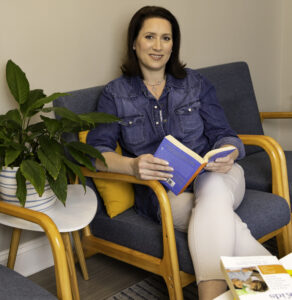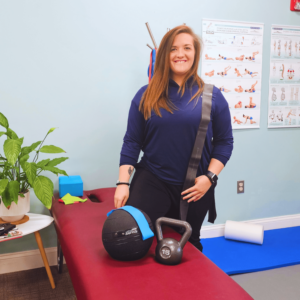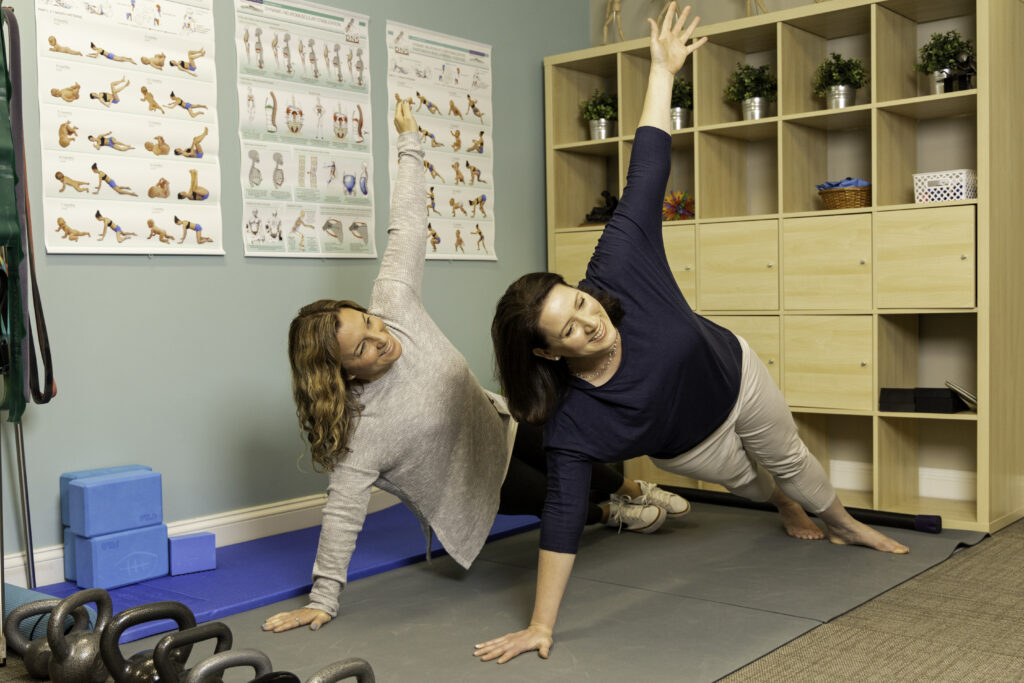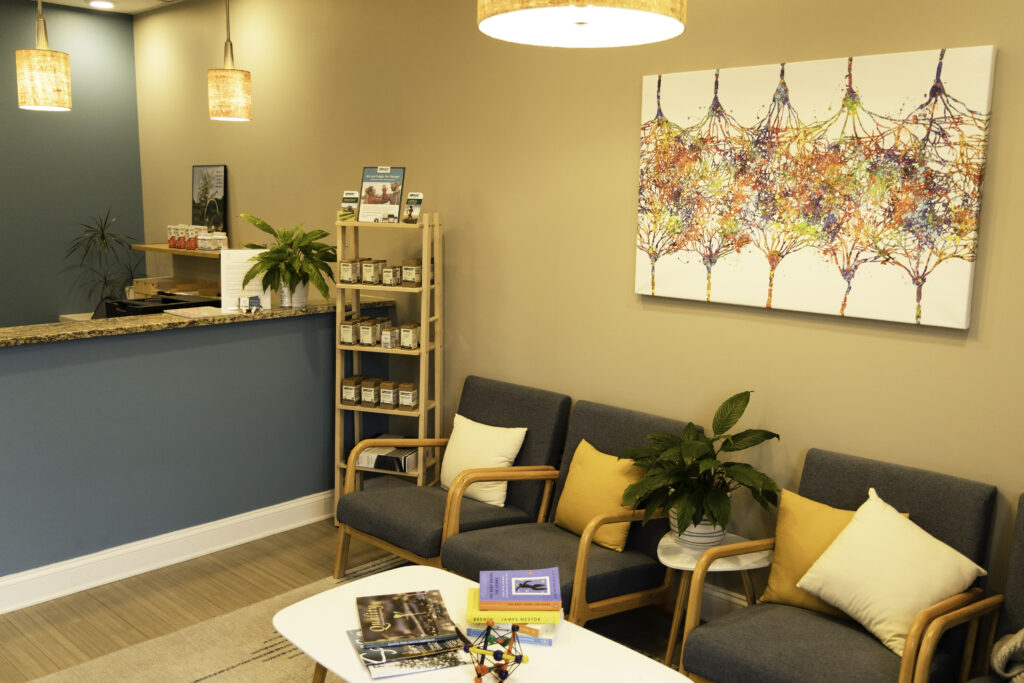Shoes and feet are a common topic of discussion in my practice. They are a very important topic since they often contribute to many of the spinal and joint pain complaints we address here.
Some important basics:
Each of your feet contains
- 26 bones,
- 33 joints and
- over 100 muscles, tendons, and ligaments.
All of these joints and muscles are meant to function as “shocks and springs” – absorbing impact as they hit the ground, and springing back to propel you forward with each step. In addition, the sensory nerves in the soles of your feet send information to your brain to activate the muscles that control your posture and balance.
If these shocks and springs aren’t strong and flexy, the impacts they are supposed to absorb are transferred to knees, hips, lower back, and even all the way to your neck and jaw! If your feet are sore and sensitive, it’s like you’re walking around with pebbles in your shoes. It’s easy to imagine how that feels in the rest of your body.
There is a lot of misinformation regarding the treatment of foot pain, and how it can contribute to other aches and pains in your body. Common treatments recommended for foot pain can actually be unhelpful, if not completely counterproductive to improving the health and function of your feet (and the rest of your joints) as you age. I’m going to address some of the most common myths here.
Feet Myth 1: Never go barefoot.
Never going barefoot is the best way to create weak, unstable, and painful feet. Yet, when people seek care for foot pain, it’s often one of the most common suggestions made.
As mentioned above, the ligaments, tendons, and muscles are supposed to flex and spring to absorb impact and propel your body. The sensory information from the nerves in your feet to your brain helps keep you upright and balanced.
Most shoes are like sensory deprivation chambers for your feet – akin to wearing gloves or mittens on your hands all the time. How useful are your hands when you can’t feel or move them freely? The same goes for your feet.
“But my feet hurt when I go barefoot!”
Of course, they do. Weak muscles and nerves that are not regularly exposed and used become hypersensitive and will hurt when you first start using them. So you might need to start slowly, by walking around your house or yard as much as possible.
Feet Myth 2: You need to wear supportive shoes and/or orthotics
Overly supportive shoes, and especially rigid orthotics, limit the movement of all of those little muscles and joints.
Muscles that don’t move get weak.
↓
Weak muscles create extra strain on ligaments and tendons.
↓
Strained and inflamed ligaments and tendons (aka plantar fasciitis, or tendinitis) can create inflammation in the bones and joints they attach to (aka arthritis)
Treating pain that is caused by weak muscles and inflamed joints by further limiting their movement, thereby making them weaker and less mobile, could be a bad idea in the long run (no pun intended). Those rigid orthotics will also send that stress and strain to your knees, hips, and lower back.
“But I have flat feet!”
Flat feet may be partially hereditary but can also develop due to activity or injury. They may be painful, or they may feel and function just fine. As long as a foot and lower leg mobility, strength, and stability are maintained, the flatness of your feet may have no negative consequences and may be best left alone. If we do find that someone may benefit from some extra support, especially as they age, it’s important to find a professional who can properly assess gait mechanics to create an appropriate orthotic.
Side note – Usain Bolt is one of the fastest men on earth. Google “Usain Bolt feet”. It’s a perfect example of how less-than-perfect-looking feet can work quite well.
Feet Myth 3: Bunions Are Hereditary
Bunions – the inward bending of the big toe – develop when the muscle that should hold the big toe straight – called the abductor hallucis – weakens. This allows its opposing muscle, the adductor hallucis, to become tight and shortened.
The most common cause of this is, again, tight-fitting and restrictive shoes that don’t allow the toes to stretch and spread. Especially pointy ones. Cute shoes, ugly feet.
If allowed to progress for months or years, this may cause bony arthritic changes in the big toe joint. The good news is that if that big toe joint is still “bendable”, the muscles can be rehabilitated and the bunion reduced.
A few things that are also helpful include
- Minimalist-type footwear or shoes with a wide toe box that allows the toes to stretch and move more freely
- Toe separators – either socks or silicone spacers like these – to help keep the toes in better alignment
- Foot and toe strengthening exercises
I highly recommend this video from the Spread Your Toes ™ series for more information
Feet Myth 4: Plantar Fasciitis Needs Stretching
The plantar fascia is a thick band of fibrous connective tissue that attaches from your heel to the base of your toes and is often blamed for foot pain and stiffness. Heel spurs can develop with prolonged stress on the plantar fascia- it’s basically a “callus” of bone that develops where the tendon attaches to the calcaneus (aka your heel bone). Achilles tendonitis is also often involved since it attaches at the top and back of the heel.
Without muscle strength to support the joints in the foot, this fascia ends up being more stressed than it should. Inflammation and thickening (fibrosis) can develop as your body tries to stabilize the situation. The more inflamed and painful it gets, the less your foot wants to move. The less it moves, the weaker it gets. At the risk of repeating myself – weak feet hurt!
Stretching can be helpful, but most who suffer from plantar fasciitis know that this is often temporary. Proper rehabilitation with exercises like towel scrunching and heel raises can help in the long term. Soft orthotics to relieve pressure on the joints can be helpful initially until you develop the necessary muscle stability.
Choosing Proper Footwear
Shoes should obviously protect your feet and be appropriate for the activities you engage in. You can even wear the “cute but totally impractical” shoes on special occasions – but they should be treated like junk food. Once in a while is fine, but daily consumption is going to cause problems!
Minimal shoes are a good start for most people – they are designed to protect from the elements while allowing your feet to move as naturally as possible. They can take getting used to, and you may need to wear them gradually until your feet are strong enough. Anya’s Reviews is a good guide for helping you find a good fit for your needs.
If your feet aren’t getting you where you need to go in comfort, please give us a call so we can do an evaluation to determine the best way to get you going again!





